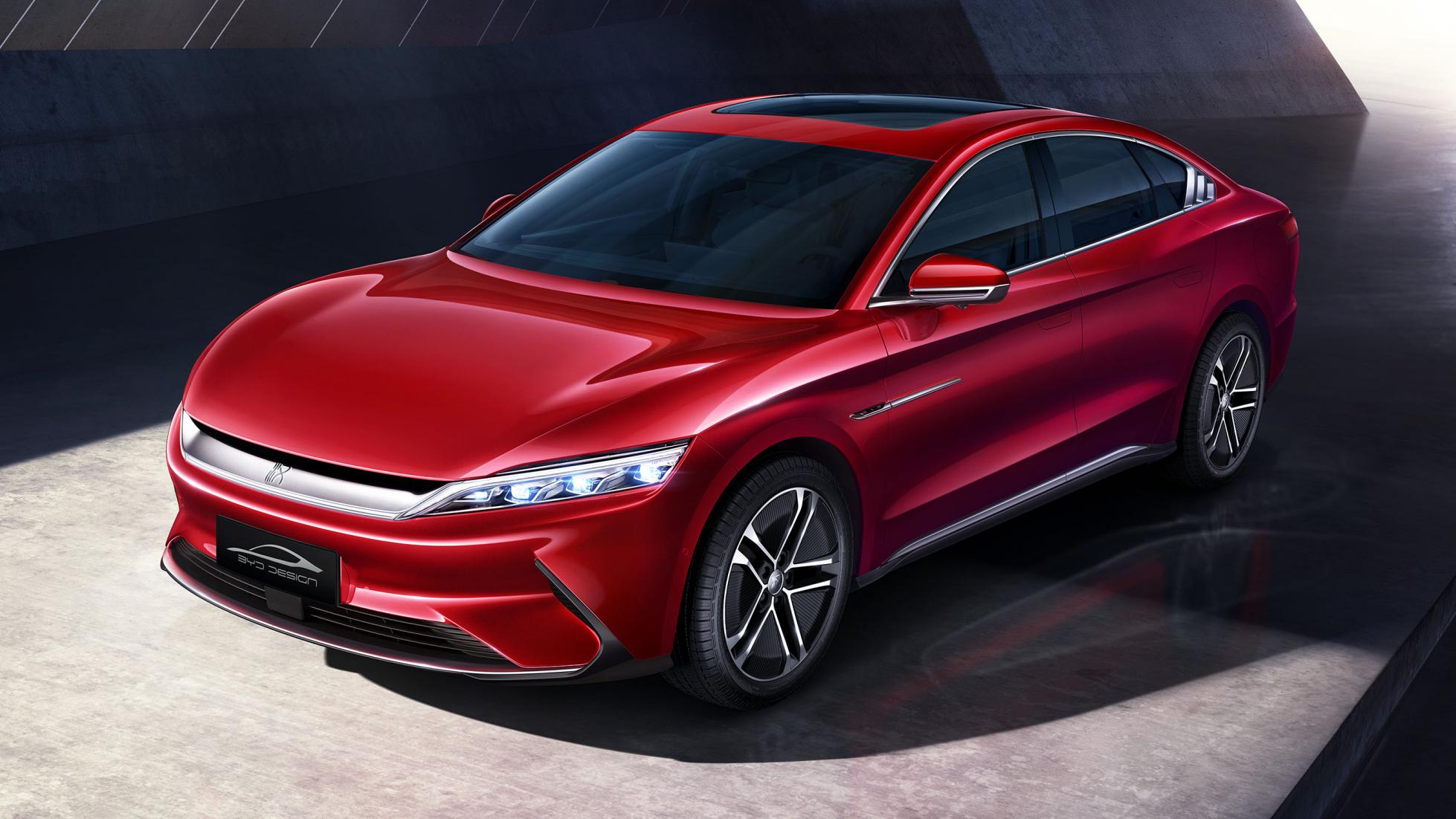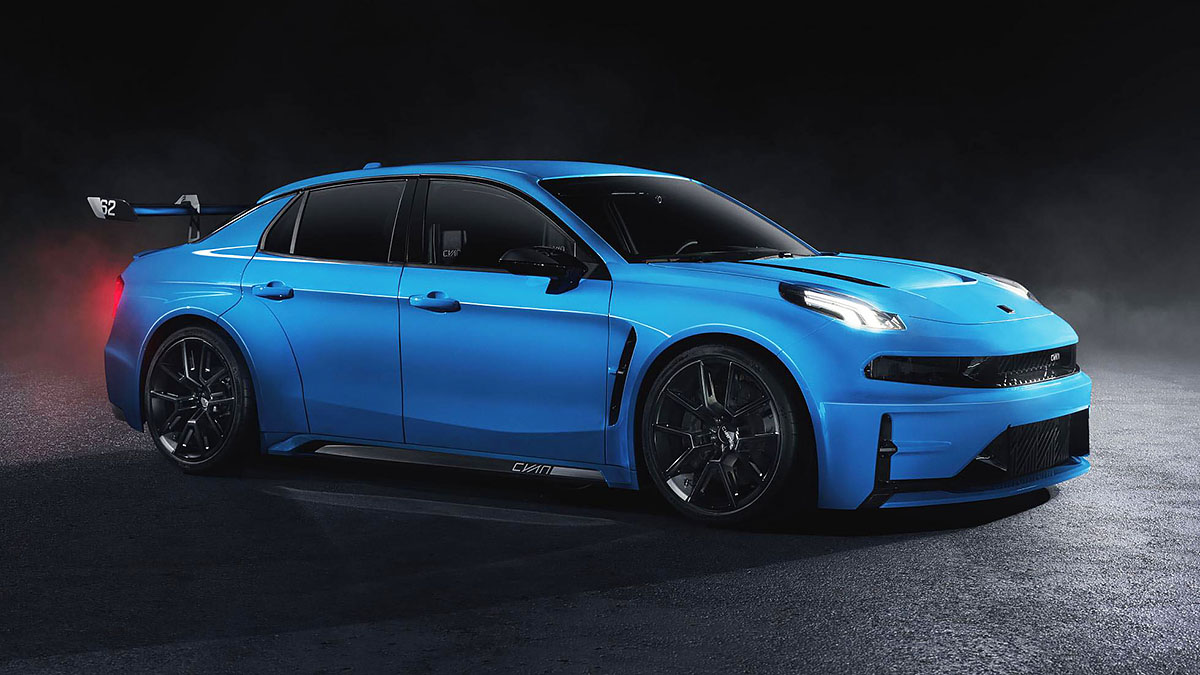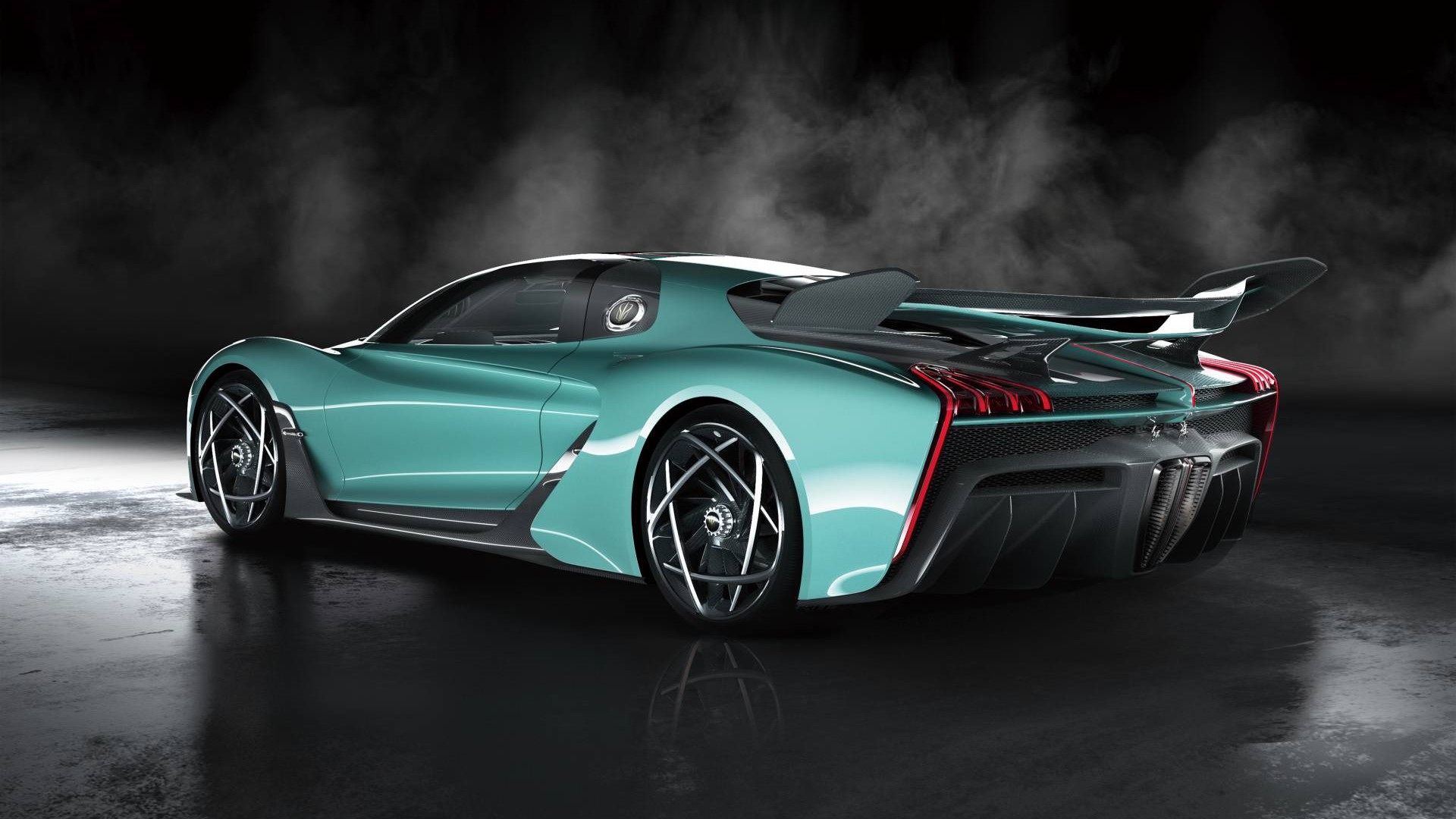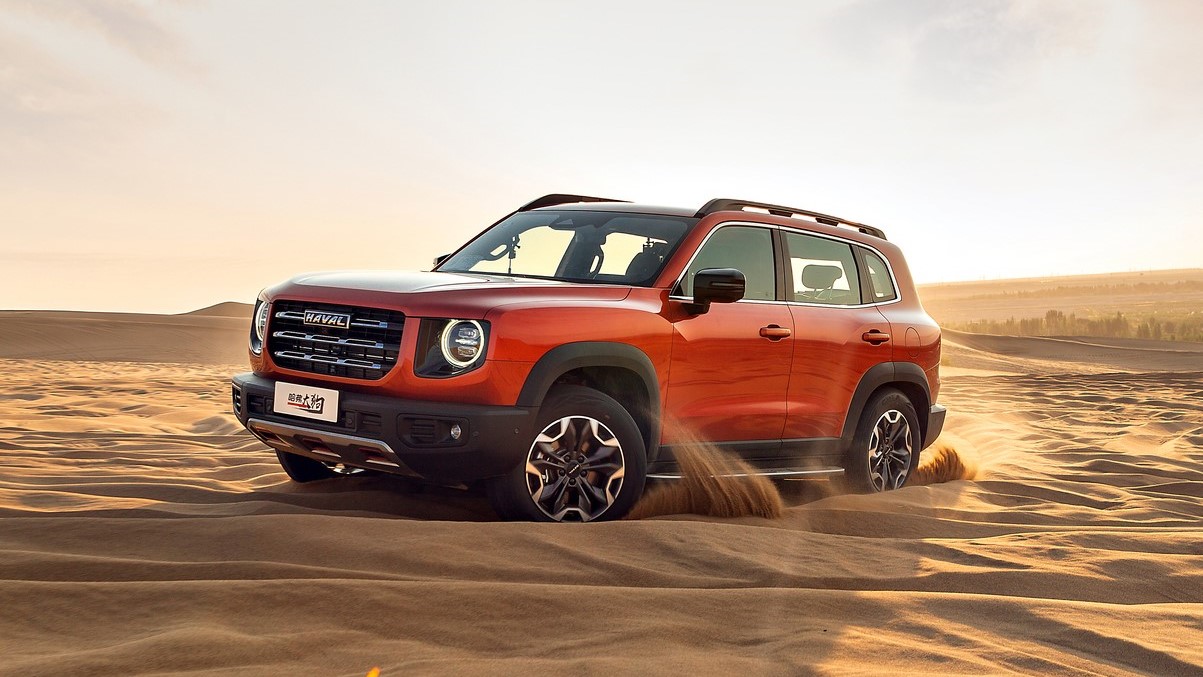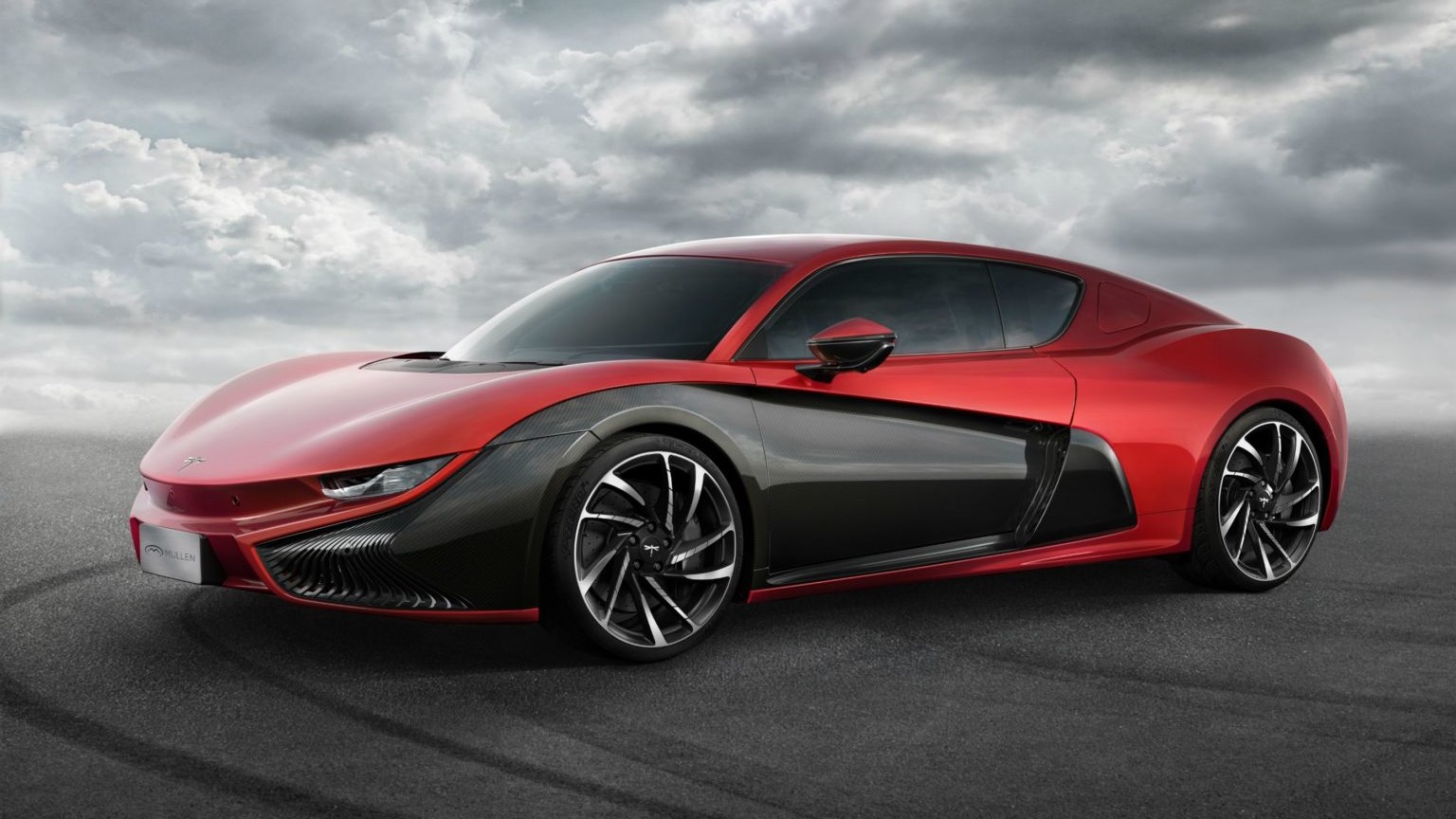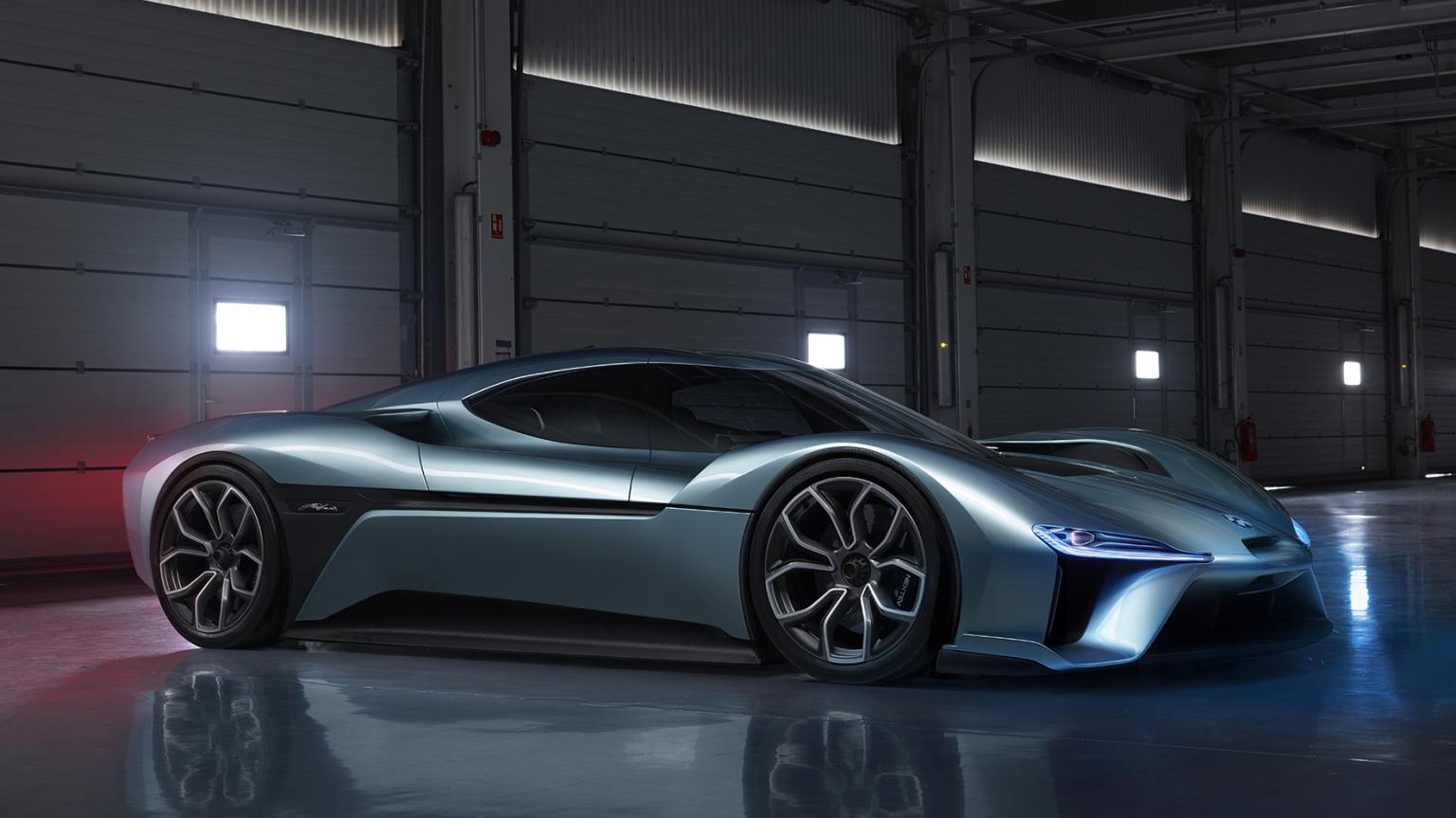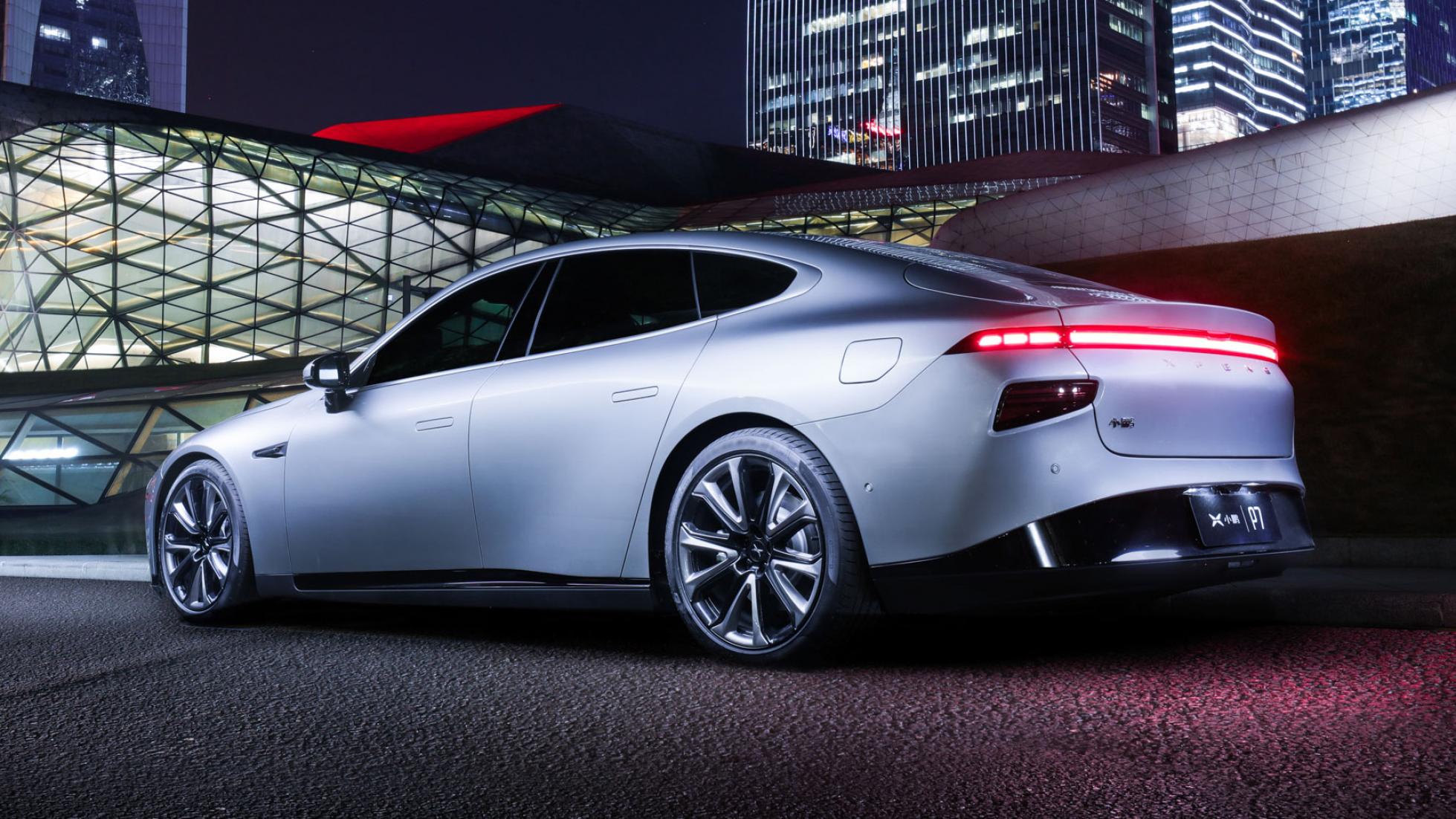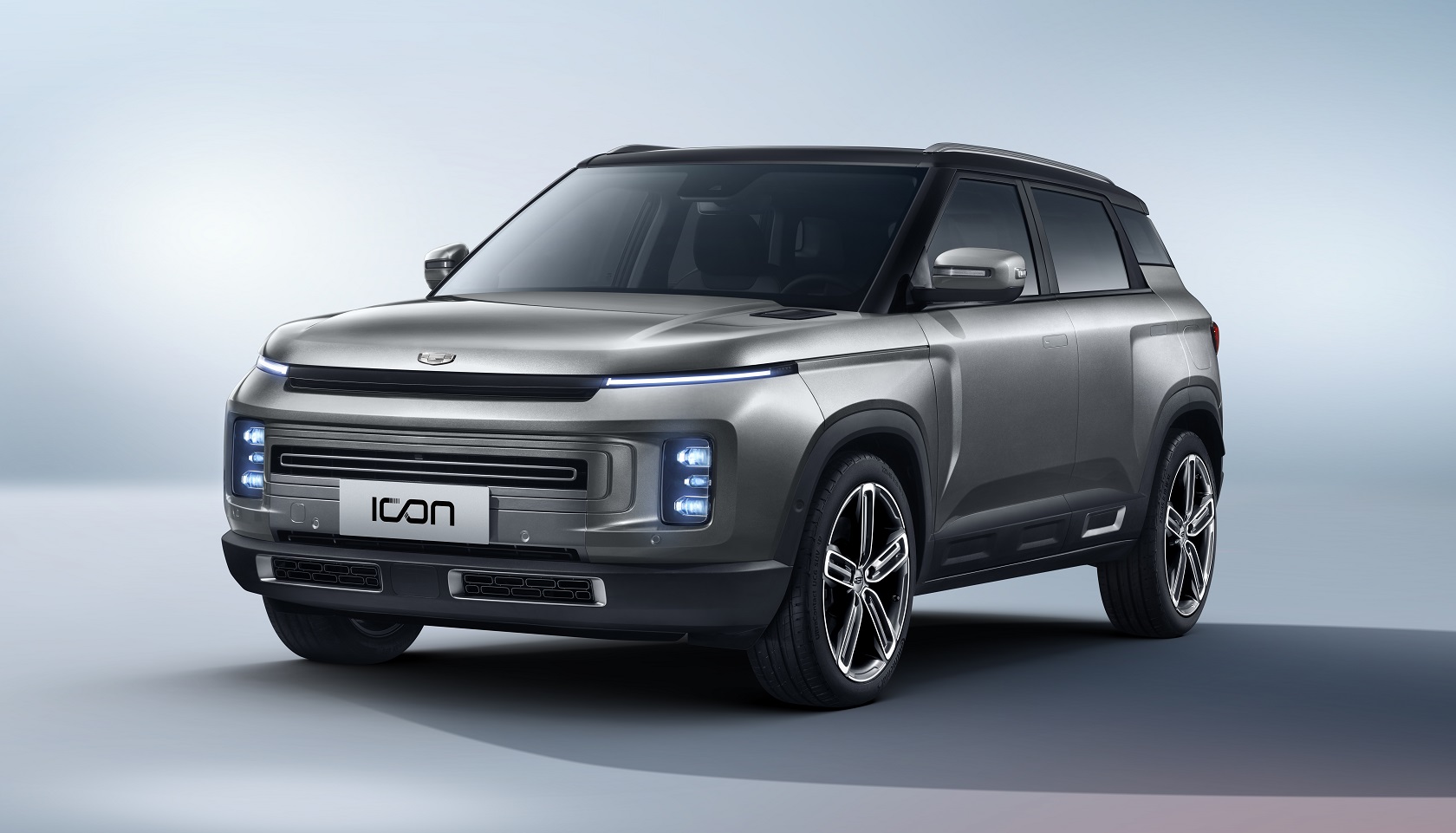Top Gear's Top 9: China's coolest cars
1. Nio EP9
If you thought the new Tesla Model S had a lot of power, you’d be right. 1,100hp is a lot of grunt. But it’s not as much as the equally electric 1,341hp output of the Nio EP9, a Nurgburgring lap record holder brought to you by China-based EV startup NextEV. Nio also makes electric SUVs but the EP9 easily stands out as one of the most polished supercars to surface from this side of the world.
2. Hongqi S9
The wilder-looking S9 trumps the Nio EP9 with 1,400bhp on tap but it does so with the help of a turbocharged V8 engine. Hongqi quotes a 0-100kph time of 1.9 seconds and a top speed of 400kph, putting it well within hypercar territory. That’s precisely the market parent company FAW has its sights on if reports of a €2 million (RM9.8m) price tag are to be believed. The S9 certainly won’t look out of place there.
3. Qiantu K50
With hints of Rimac and Koenigsegg in its design, the K50 is a fairly handsome electric sports car for what it’s worth: US$124,999 (RM506k). Yes, you can order one in the US through Mullen Technologies, a California-based EV start-up which plans to homologate, assemble and sell the K50 (called the Dragonfly K50 in the States) in North America. The aluminium-bodied sports car also packs 430hp, a 4.6-second century sprint and up to 510km of range in case you were wondering.
3A. BYD Han
There’s nothing particularly striking about the Han on the surface. But it’s this level of effortless simplicity that’s often lacking in relatively new car brands wanting to take on the status quo. Underneath its sleek sheet metal is an all-electric powertrain that will do 0-100kph in a blistering 3.9 seconds. It also has a self-learning driver assist system using 5G tech. Did you expect anything less from a car named after the Han dynasty by a brand whose initials mean ‘Build Your Dreams’?
5. Xpeng P7
While it’s easy to write it off as yet another Chinese Tesla Model 3 wannabe, it’s difficult to ignore the fact that the P7 has one of the longest EV ranges on offer with a whopping 705km to give on a single charge. It’s a tempting proposition in China where it costs the equivalent of RM150k, but Xpeng has its sights firmly set on the European market as it plans to ramp things up with a new model a year, starting with another family saloon in 2021.
6. Lynk & Co 03 Cyan Concept
Founded in Sweden and funded by Geely of China, Volvo’s boutique sister company has given us some interesting cars in its five years of existence. The one we find most desirable is the 03 Cyan Concept, which was engineered in collaboration with Cyan Racing and the same team that worked on Polestar concepts for Volvo. The end result sees 528hp get extracted from a two-litre turbo for a 4.4-second century sprint and a 311kph top speed.
7. Geely Icon
Built on the same BMA platform that underpins the Proton X50, with the accompanying 1.5-litre three-pot turbo in tow alongside a 48V mild hybrid system, the Icon is practically a showcase of what Geely’s designers can do. There are hints of Kia and Range Rover at a glance, but the overall aesthetic is a largely original and minimalistic effort – one designed to a “less is better” ethos – that doubles up as a positive sign of things to come from the Geely camp, and perhaps even Proton’s.
8. Haval Big Dog
An amusing name for an equally amusing car, Haval’s idea of a St Bernard on wheels is basically a C-segment SUV made up to look like something a Jeep or Hummer fan might appreciate. If you thought Big Dog was funny, it’s built on something Haval calls the ‘Lemon’ platform. And the base variant only has a 1.5-litre engine and FWD despite the way it’s fashioned. That said, there’s just something about the whole playful package – its boxy proportions, bug-eyed face and audacity of its name – that just feels right in the otherwise gloom world we’re in today.
9. China's answers to the X6
Chinese carmakers have done well to shake off the copycat stereotype many of them were notorious for a couple of decades ago. That said, some still look to the west for inspiration every now and then. And the results are sometimes just as impressive, if not better than the source material. Take the Brabus-tuned Wey VV7 and the Geely FY11 – a car Malaysians would probably buy in droves if rebadged as a Proton – for example. Don’t you think both have done an impeccable job at putting their own twist on the SUV-Coupe formula pioneered by BMW?
